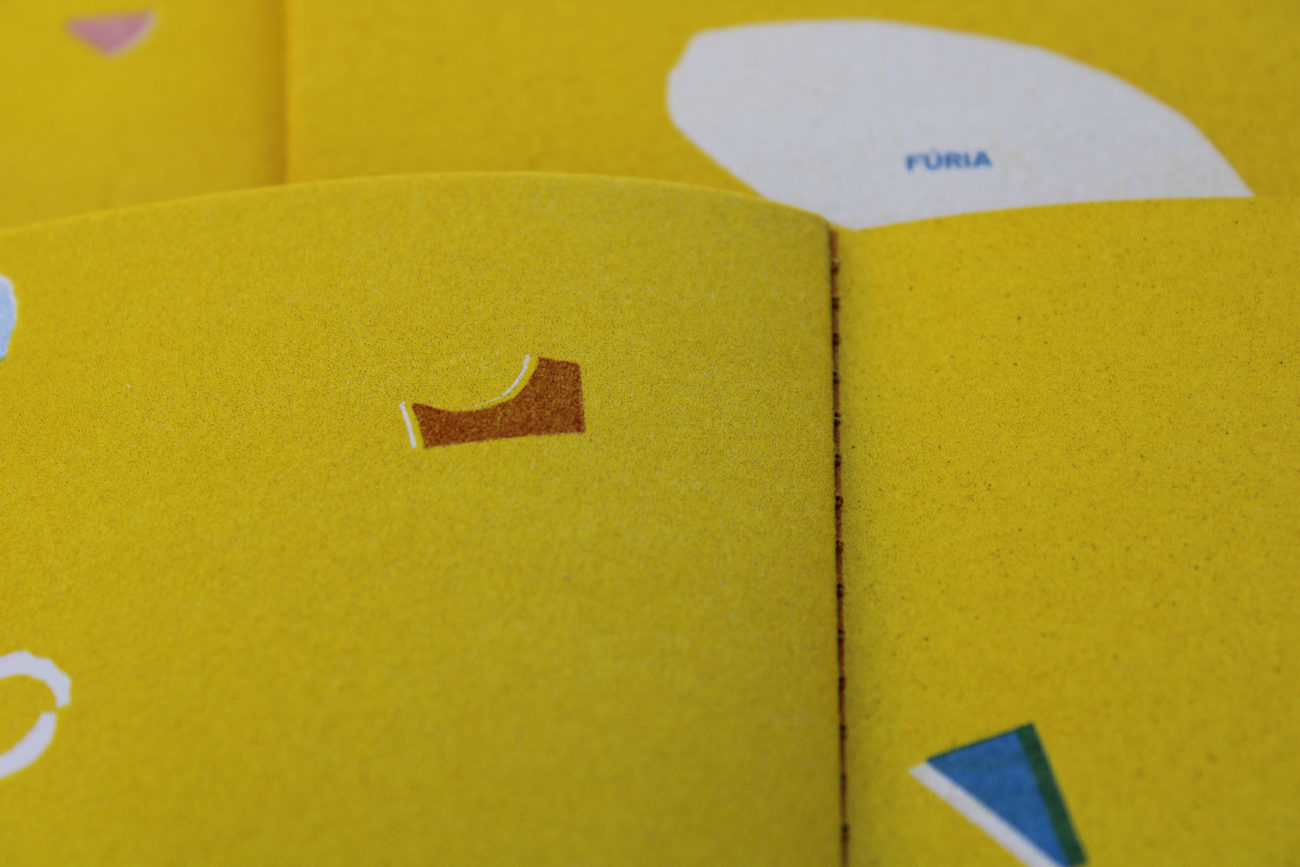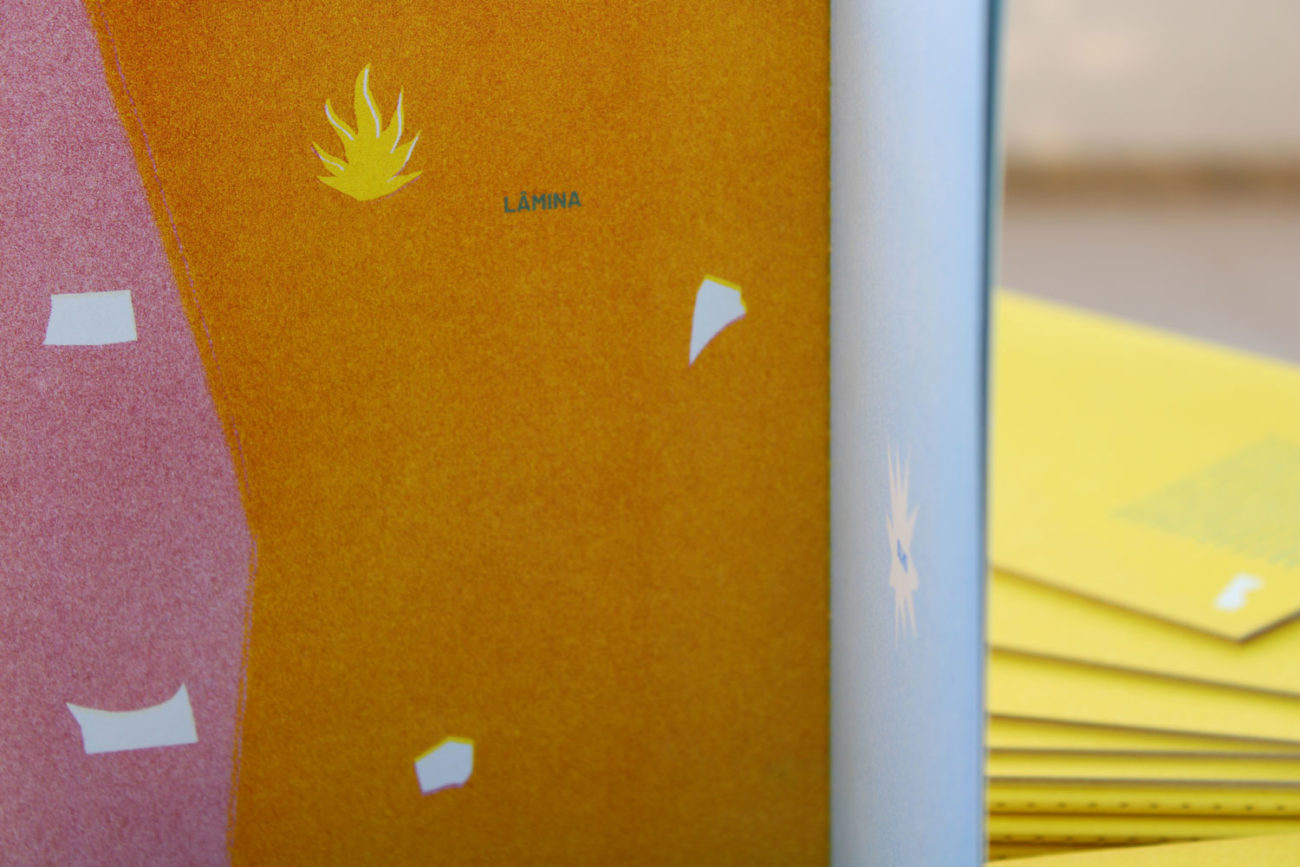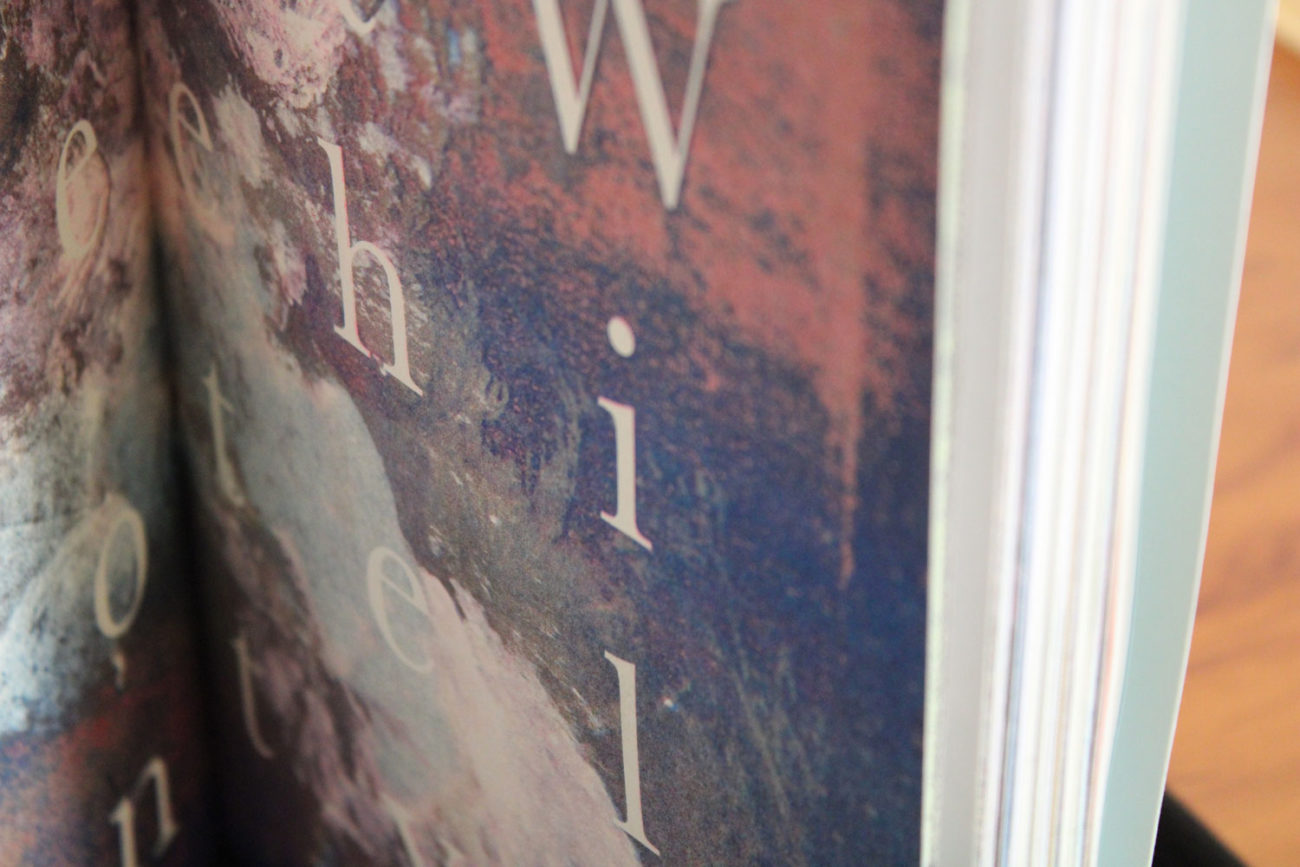What is Riso printing?
Developed as an evolution of the mimeograph, the Risograph duplicator gave rise to the term risography. This is a Japanese technology increasingly used by artists, designers and publishers around the world to materialize their creative works. Peculiar features of the printed results are Riso’s own vibrant colors, in addition to the textures obtained from oily ink absorbed by the paper, which gives artistic works a handmade appearance, composed of stains, nuances, layers of colors and even displacements generated by overlays.
Autonomy for publishing and experimenting are the most attractive possibilities of Riso printing.
Riso Kagaku Corporation created the Risograph digital duplicators in Japan in the 1980’s, as an alternative for high-speed printing medium and large scales. Target consumers were companies, offices, other private institutions or schools. Some years later, independent artists discovered this equipment as a tool to publish their own works. The duplicator allowed these creators to print more easily by themselves, replacing manual processes, and to develop their skills from using the machine even for modifying its original function.
The pioneer in the use of Riso printing for creative purposes is the group Knust, from the Netherlands, guest of this edition of Faísca. The collective acquired its first digital duplicator (of the Ricoh brand) in 1992 and the group has continually improved its knowledge, mastering the technique, therefore also taking the whole risography production forward.
In the late 2000’s, several specialized in Riso studios were opened around the world, a creative phenomenon that has grown especially in the last decade. Artists or designers are usually the ones who manage these workspaces. They explore experimentation and innovation, by studying and implementing modifications using this autonomous way of printing.
Pages of “Fúria” Ko Zine, by Bruno Rios and Matheus Ferreira (Prumo), printed and published by Knust
These machines were designed for monochrome printing. Therefore the registration of each color is done separately, which means that the paper needs to be put back in the duplicator for each desired color layer to be printed. There are also two-color Riso equipment for stencil printing (allowing the paper to come out of the machine with two colors printed per passage). Overlays can generate new colors, as well as misalignments that come from the repositioning of the paper. The misprints are often used as part of the graphic experimentation process, as well as the stains generated by the ink density, which does not dry completely. Each ‘copy’ turns out to be different from the next.
Riso inks are nontoxic, based on soybean or rice bran oil. Stencil printing duplicators produce low amounts of waste, in addition to consuming little electric power compared to other methods, which makes the process environmental-friendly. It is a permeographic process, in which the ink is pushed through the perforated area of a master or stencil (sheet used as a template for creating copies) to reach the paper.







